When you'll see rainbows. Plus, how to chase them with your camera: Clifford Oto
The recent rain storms that we’ve recently experienced not only brought much needed precipitation to drought-stricken California but they’ve also offered a few opportunities to see and photograph their byproducts: rainbows.
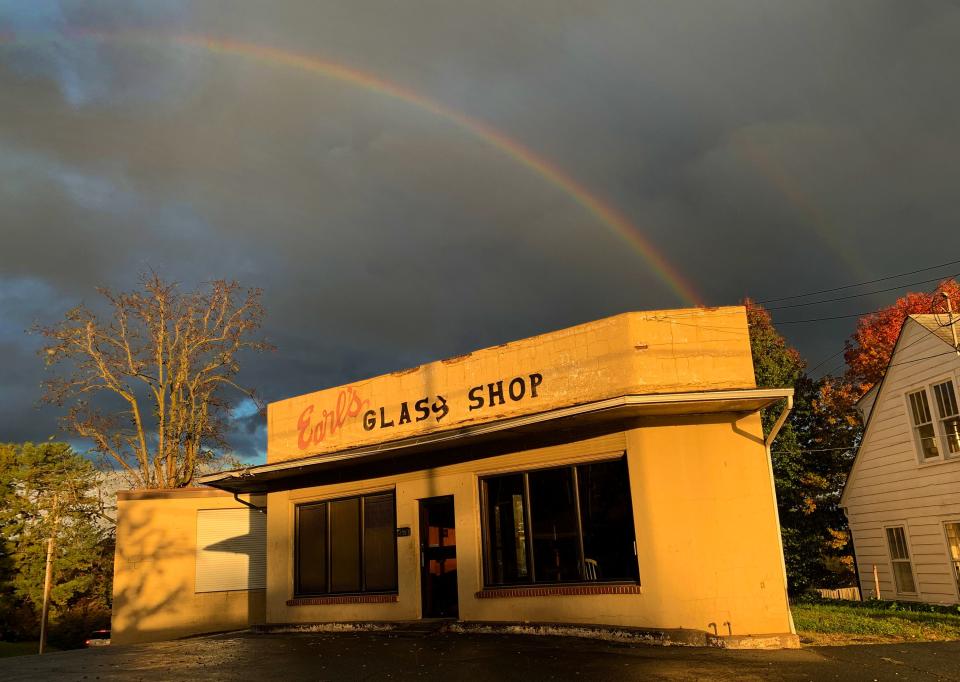
There are two main ingredients for rainbows to appear. The first is rain. Raindrops act as tiny prisms. They refract light causing it to separate into its component wavelengths which we see as the colors of the rainbow. Next, you need a light source, usually it’s the sun. In the case of rainbows the sun needs to be at a certain angle. It should be at about 40 degrees relative to your position. That’s why you can’t see a rainbow at midday when the sun is about 90 degrees.
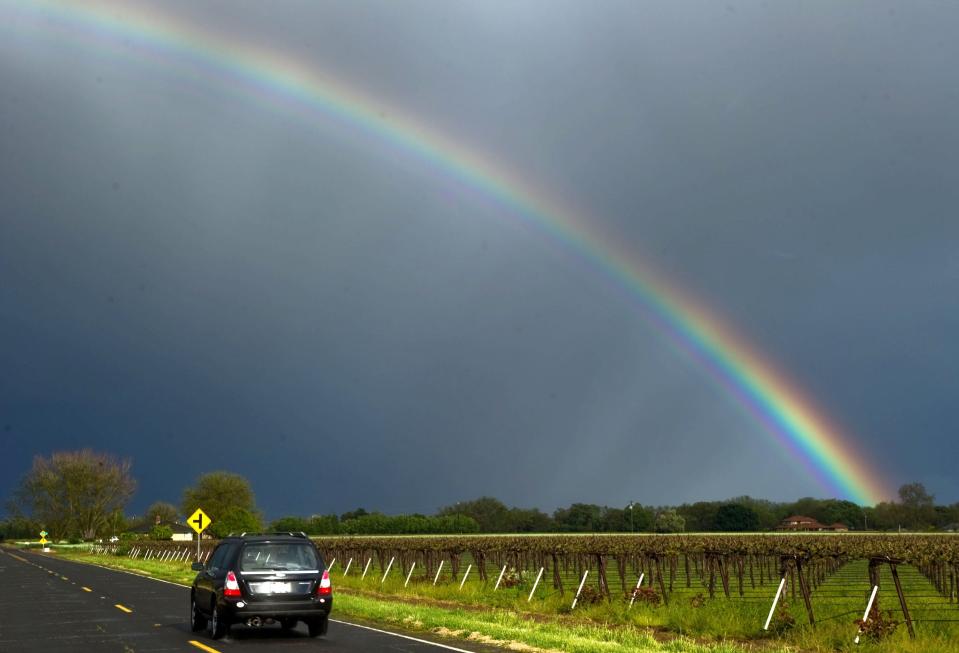
Another ingredient is a dark background. It isn’t a necessity for a rainbow to appear but it’ll help make the rainbow appear brighter. Fortunately, as a storm passes and the sun comes out. The clouds can darken the distant sky and make the rainbow pop out more.
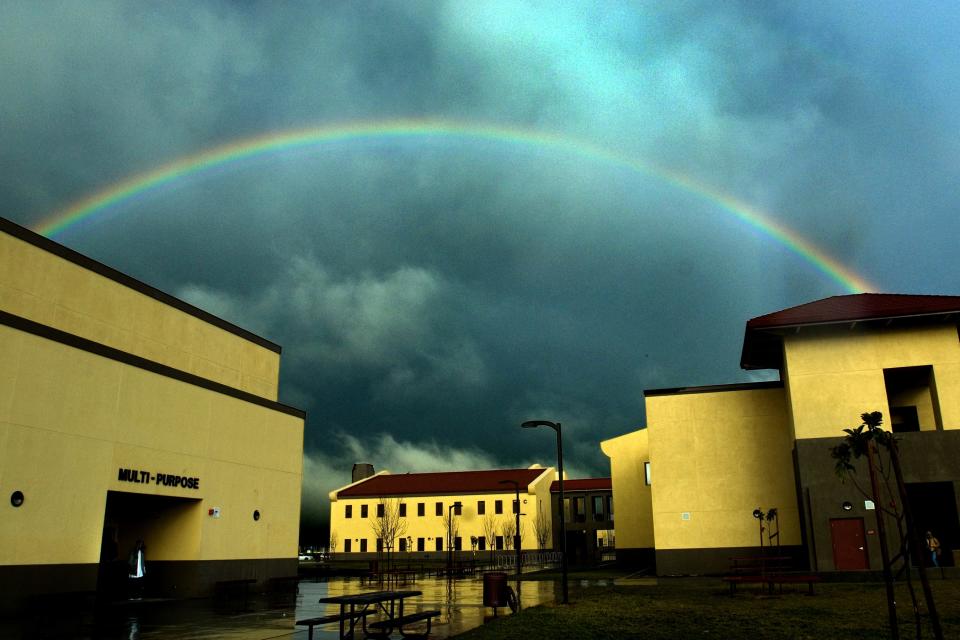
For the most part the sun doesn’t shine during storms and vice versa. That’s why you don’t see rainbows all the time. they usually occur when the rain is almost over when the sun breaks through the clouds. There can be enough rain still lingering in the sky for the sun to create a colorful arc of a rainbow. If the rain completely stops or if the clouds re-form to block out the sun then the rainbow will disappear. Because rainbows often appear at the end of a storm you’ll have work quickly before they fade away.
I once heard famed landscape Photographer Galen Rowell tell a story of trying to shoot a rainbow in Yosemite. Knowing the fleeting nature of rainbows, he was speeding through the park in his car. A park ranger pulled him over and said “do you know how fast you were driving?” Rowell replied “no, my speedometer only goes up to 80.” Needless to say he was ticketed. Now you should be safe and obey all traffic laws, but you need be aware and ready to act promptly if you want to capture a rainbow.
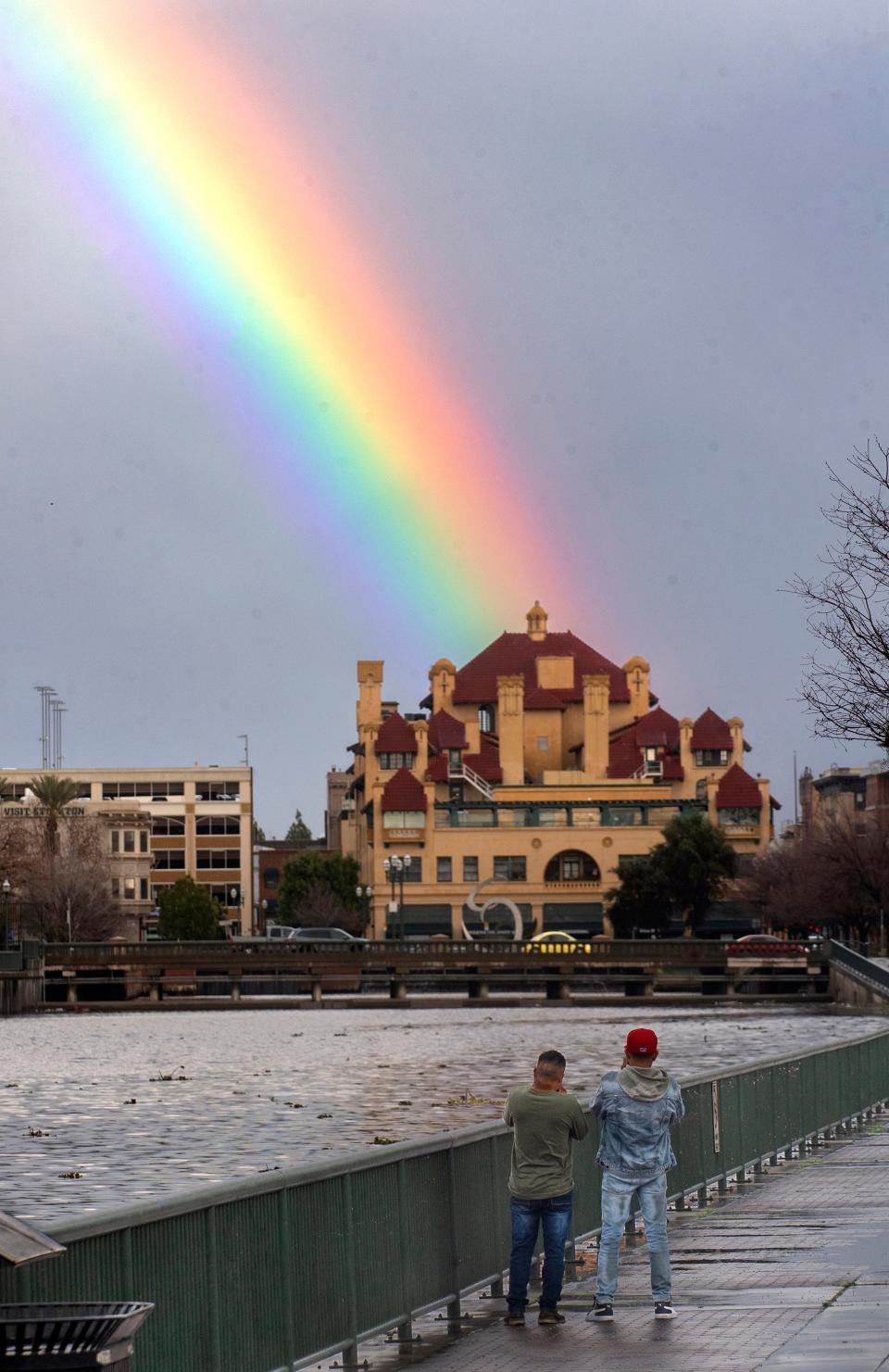
When shooting a rainbow try to put something interesting or picturesque in the foreground. I know that it may take time to find just the right spot (I’ve missed many rainbows because of that search), but you’ll come away with a better photo. Just because there’s a rainbow that doesn’t mean its a great picture. My rule of thumb is to try and find someplace that will make a good photo without the rainbow. By adding one then it will become a great image.
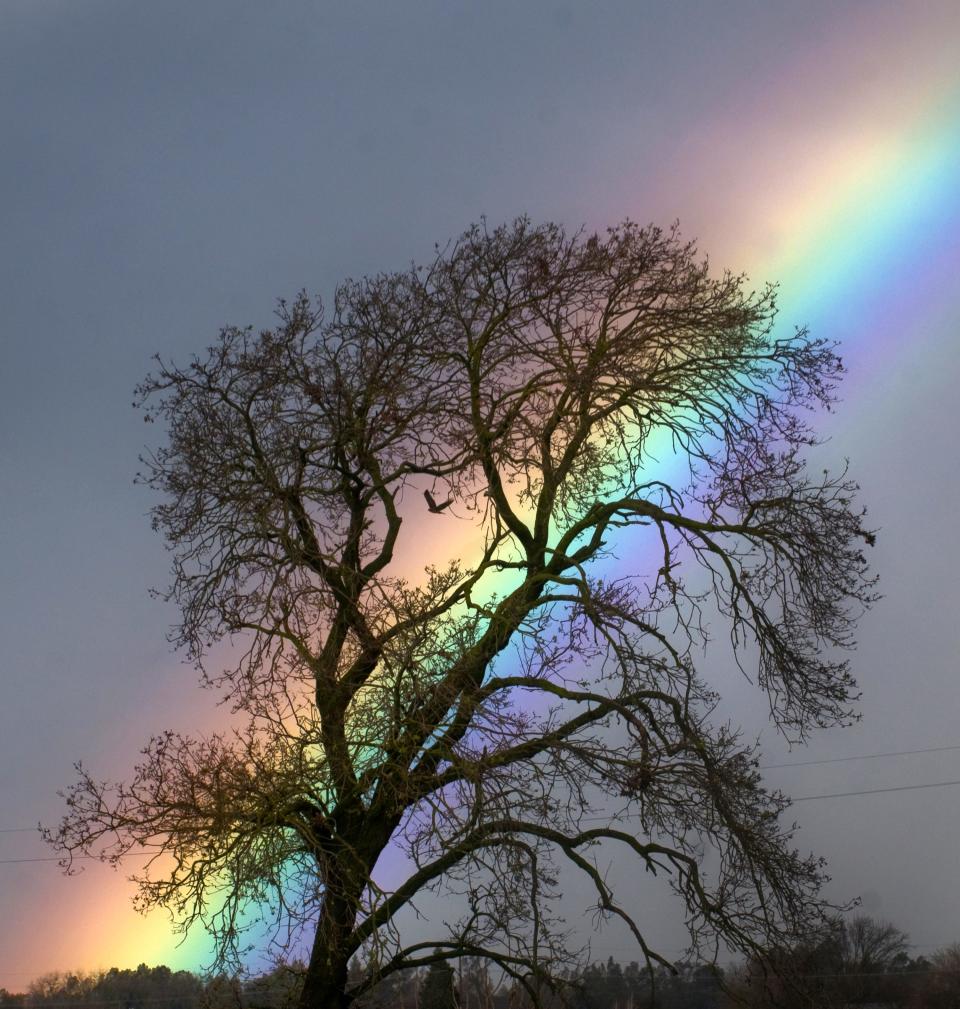
A full arc of a rainbow, or better yet a double rainbow, is always a spectacular scene to photograph but partial rainbows can also make for great photos. Sometimes weather conditions dictated only a segment of a rainbow, usually at the ends. You can place an object, person or animal where the rainbow lands for a interesting image.
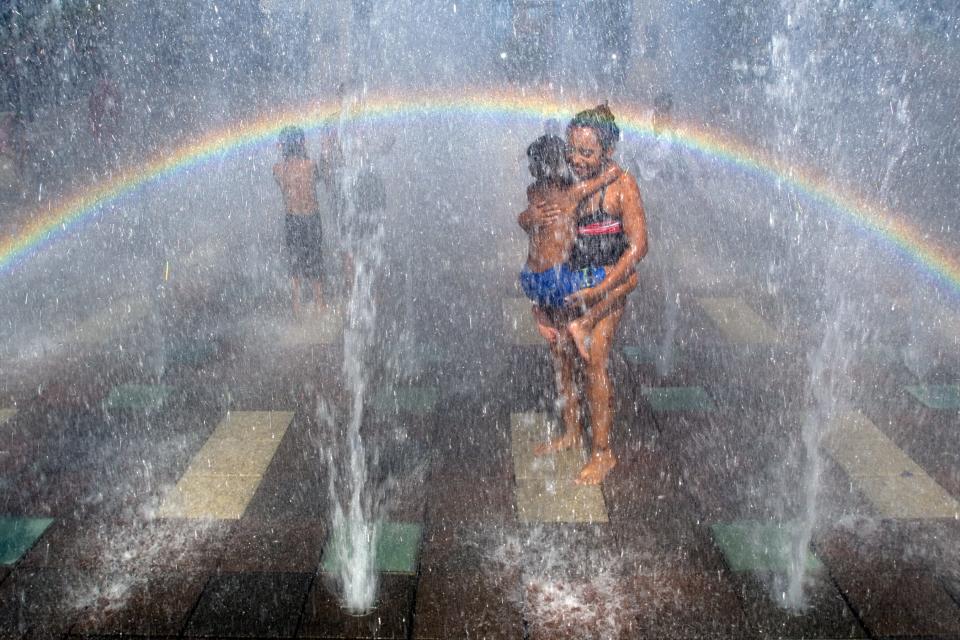
There are some rainbows other than those created by rain showers. The spray made from waterfalls can be a good source of rainbows. You can find or create your own with fountains, sprinklers or even garden hoses, just as long as you have a fine spray of water and the aforementioned 40-degree angle of the sun.
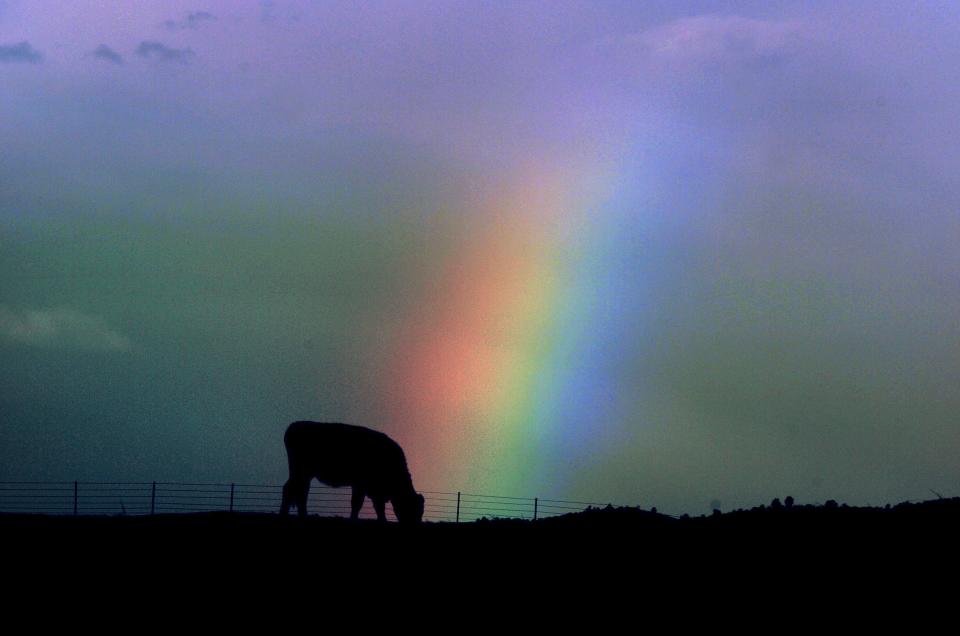
There may be yet more rainstorms to come this season or the drought may return and we might not see another drop until next winter. Either way rainbows are relatively rare and you need to be aware of the right conditions and ready to shoot if you want to capture a great image of one.
Record photographer Clifford Oto has photographed Stockton and San Joaquin County for more than 38 years. He can be reached at coto@recordnet.com. Support local news, subscribe to The Stockton Record.
This article originally appeared on The Record: Rainbows: When you see one here's how to photograph it

